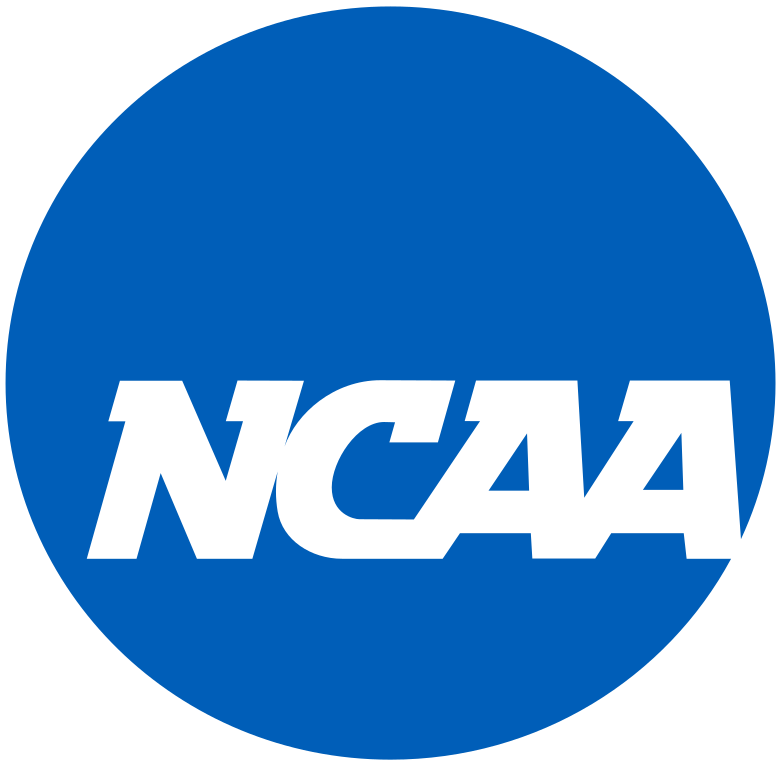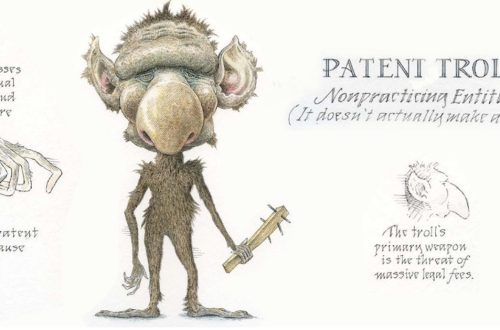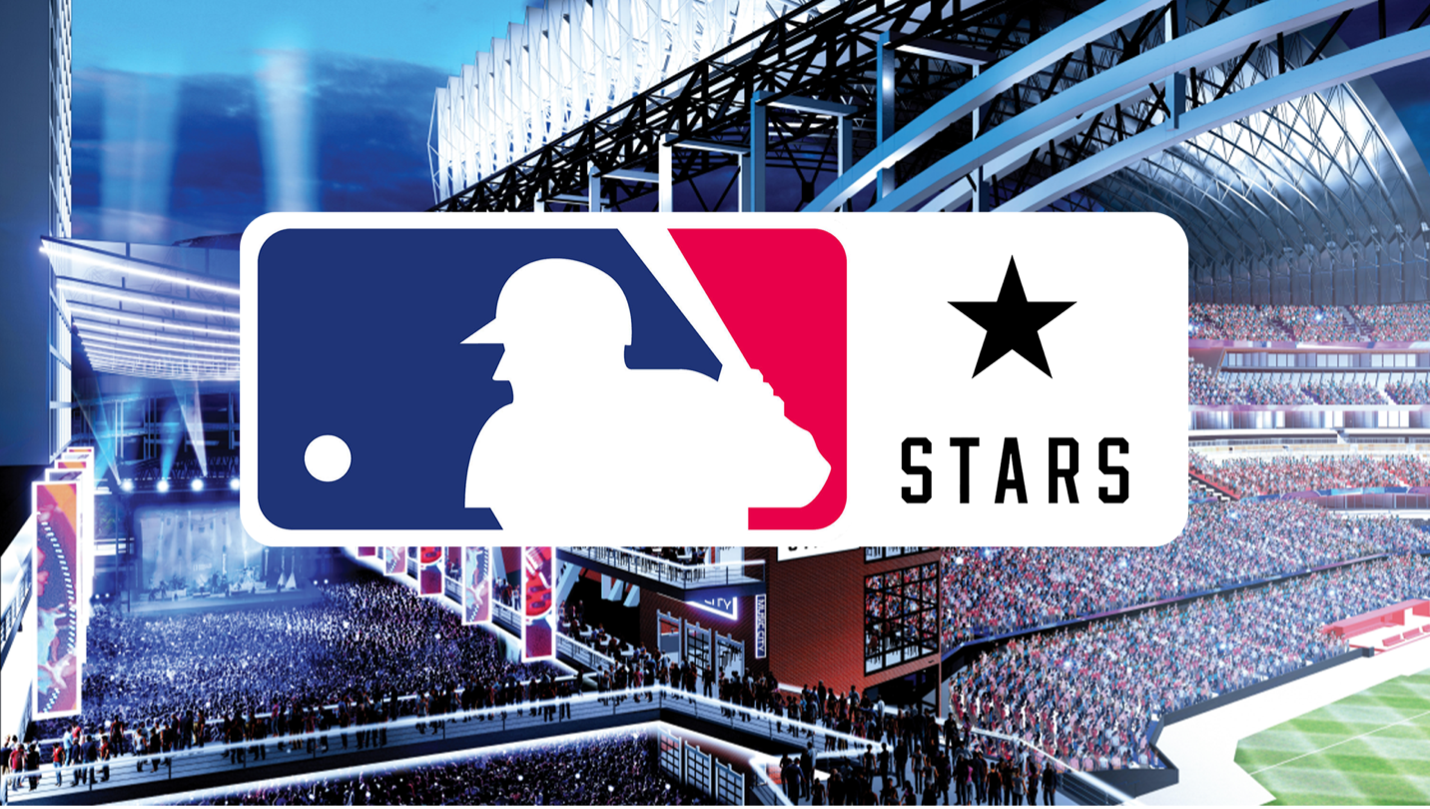By: Jason Kaczala
On February 11th, 2020, nearly a dozen senators held a hearing to discuss the current status of collegiate athletic player compensation.[1] The hearing resulted from the current push from state legislatures to allow student-athletes to accept compensation for their name, image, and likeness (“NIL”).[2] Among those fielding questions from senators included the President of the NCAA Mark Emmert, and director of the NCAA Ramogi Huma—a former UCLA basketball player and an outspoken critic of the NCAA’s position on student-athlete compensation.[3]
NCAA Bylaws currently limit student-athlete compensation to the cost of attendance.[4] The cost of attendance includes “the total cost of tuition and fees, room and board, books and supplies, transportation, and other expenses related to attendance at the institution.”[5] Any student-athlete that receives compensation beyond the cost of attendance risks losing their amateur status.[6] A student-athlete that loses their amateur status loses their eligibility.[7] So, if a student-athlete receives any compensation beyond the cost of attendance, they risk losing their eligibility to play their respective sport. Ultimately, it is the NCAA’s decision whether to suspend a student-athlete who accepts compensation outside of the cost of attendance.
The California Legislature has led the push to allow student-athletes to accept compensation for their NIL.[8] In September 2019, the California Senate passed SB-206, which would prohibit the NCAA and other athletic organizations from punishing student-athletes for accepting compensation for the use of their NIL.[9] SB-206 states:
A postsecondary educational institution shall not uphold any rule, requirement, standard, or other limitation that prevents a student of that institution participating in intercollegiate athletics from earning compensation as a result of the use of the student’s name, image, or likeness. Earning compensation from the use of a student’s name, image, or likeness shall not affect the student’s scholarship eligibility.[10]
Additionally, the bill will allow student-athletes to obtain representation from both agents and attorneys for contract or legal matters related to their athletic endeavors.[11] On January 1, 2023, SB-206 becomes operative in California.[12] More than half of the states are considering legislation similar to California’s bill.[13] And, some states—including Florida—have drafted legislation that could go into effect as early as this summer.[14]
In response, the NCAA has created a working group to create proposals to modify their current Bylaws.[15] The NCAA’s current position is to establish proper “guardrails” with respect to player compensation to ensure collegiate athletics maintains its current status.[16] These “guardrails” will most likely attempt to limit student-athlete compensation as much as possible. The NCAA plans to have potential rules on paper by April 2020.[17] In the meantime, the NCAA has sought help from Congress.[18] Mark Emmert urged Congress to take action to maintain a uniform set of rules with regards to player compensation.[19]
Congress could step in and give the NCAA full power to make their own set of rules that preempt state laws or Congress could make the rules themselves. However, lawmakers at the hearing made it clear that they have their doubts about getting involved in the issue.[20] Still pressing for either of these two options, the NCAA argues that player compensation will create an imbalance in recruiting.[21] Specifically, the NCAA argues that recruits will be incentivized to go to the school that can provide the recruit with the most money.[22] Thus, the schools with the deepest pockets will secure the best recruits.[23]
Certainly, money will play a role for certain recruits. However, as Ramogi Huma—critic of the NCAA—argues, the best schools—who also have the most money and national exposure—are already getting the best recruits.[24] Put simply, Alabama will still get the five-star recruit whether the recruit can accept compensation or not.[25] In the end, both the NCAA and its critics are right. However, the NCAA is no longer in a position to argue. They are running low on time. Absent an unlikely move from Congress, state legislation similar to California’s SB-206 will go into effect.
The NCAA should propose rules that mitigate the effects of potential recruiting issues while still allowing student-athletes to accept compensation. The NCAA can still make progress by proposing rules that combat potential issues within state legislation.
For example, one potential issue under SB-206 is that young high-school athletes will be able to hire representation before they select a college to attend.[26]
Potentially, a recruit’s agent could negotiate with third parties near universities to set up deals that take place once the recruit arrives on campus. Thus, the agent may be using the recruit to make the most money for himself/herself rather than acting in the best interests of the recruit. Additionally, recruits will be induced by outside influences rather than selecting a school individually.
A potential rule proposal that the NCAA could implement is that a student-athlete is prohibited from hiring representation until the first day of classes of the student-athlete’s first semester on campus. This rule would limit the outside influences on a recruit when they are selecting a school. In addition, this rule would ensure an agent is committed to a student-athlete who is at a school of their choice.
This proposal is purely hypothetical and it is unclear whether the NCAA is considering something similar in nature. Everyone will have to wait until April 2020 to see the NCAA’s potential rule changes. However, the NCAA can make significant progress with state legislatures attempting to put forth legislation similar to SB-206 if they put forward proposals that are similar to this one.
[1] Ross Dellenger, Congress Says NCAA Needs Change, but Mark Emmert Doesn’t Have the Answers, Sports Illustrated (Feb. 11, 2020), https://www.si.com/college/2020/02/12/ncaa-mark-emmert-senate-name-image-likeness.
[2] Id.
[3] Id.
[4] See NCAA Manual, Bylaw 15.01.6 at 206; Bylaw 12.1.2 at 63.
[5] See NCAA Manual, Bylaw 15.02.2 at 206.
[6] See NCAA Manual, Bylaw 12.1.2 at 63.
[7] Id.
[8] See Alan Blinder, N.C.A.A. Athletes Could Be Paid Under New California Law, NY Times (Oct. 1, 2019),
[9] S.B. 206, 2019 Leg., (Cal. 2019), available at https://leginfo.legislature.ca.gov/faces/billTextClient.xhtml?bill_id=201920200SB206
[10] Id.
[11] Id.
[12] Id.
[13] Associated Press, NCAA President Mark Emmert Seeks Senate’s Guidance on Name, Image, Likeness, Sports Illustrated (Feb. 11, 2020), https://www.si.com/college/2020/02/11/ncaa-mark-emmert-senate-guidance-athlete-pay-rules.
[14] Id.
[15] See Board of Governors starts process to enhance name, image and likeness opportunities, NCAA (Oct. 29, 1:08 PM), https://www.ncaa.org/about/resources/media-center/news/board-governors-starts-process-enhance-name-image-and-likeness-opportunities.
[16] See Associated Press, supra note 13.
[17] Id.
[18] Id.
[19] Id.
[20] See Dellenger, supra note 1.
[21] See Associated Press, supra note 13.
[22] See id.
[23] See id.
[24] See Associated Press, supra note 13.
[25] Id. Currently, the power 5 conferences secure 99.3% of the top 100 football recruits.
[26] See S.B. 206, 2019 Leg., Senate Floor Analysis (Cal. 2019), available at https://leginfo.legislature.ca.gov/faces/billTextClient.xhtml?bill_id=201920200SB206.





